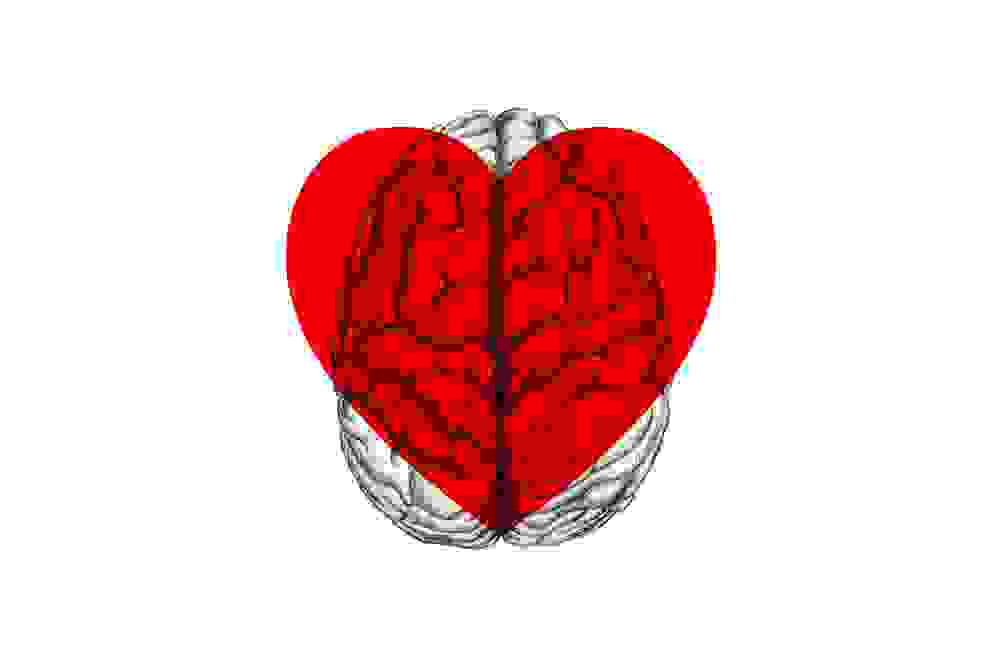Inside the mind of a graphic designer

There is something to be said for the old adage: 'Never go to lunch with a graphic designer'. For those of you who don’t know the anecdote – the rationale of not dining with someone who specialises in typography and grid systems is that they will spend the entire lunch analysing how well, or badly, the menu has been designed. In fact, they will spend so long scrutinising the chosen font, the minutiae of the design, as well as the minuscule spaces between each letter, that they will never actually get around to ordering any food.
As with most jokes that exaggerate a point, there is often some truth within. A graphic designer is known for being highly creative. Of course they are, but for me, a good graphic designer should also be naturally inquisitive, continuously analysing and challenging the status quo. In this way, we are no different to Miss Marple/Columbo standard detectives; we research, we analyse and we challenge. And as for a great graphic designer, I believe the case can be cracked through extracting meaning from our findings and directing this into that of our own work. Having a firm understanding of how people feel and in turn, how a design has the ability to make people feel, is paramount to what we do. This understanding can be used as a way to drive emotion through a plethora of subtle, intricate and bold ways that evoke an array of feelings for the audience.
Retinart further cements this in the article, ‘The Power of Emotion in Graphic Design’, which states that the best graphic designers are ‘the puller of emotional strings, charged with the role of delivering change’. For Cadbury, the ‘Free the Joy’ campaign was a way of eliciting happiness. Our familiar friend, the PG Tips Monkey, wanted to make us all laugh. Taking a different approach, Sport England’s ‘This Girl Can’ campaign moved us through empowerment and the breaking of rigid stereotypes. Even those of us who take on jobs in more obscure markets must find the emotional focus. Take a financial investment company, for example – their message should be that they are loyal, trusted and secure.
Note that all of the things we push through our work are that of humanistic traits. This is because brands, products and services have become something that we establish a relationship with. As Creative Bloq says, ‘humans want to connect with real people and too often we forget that businesses are just collections of people.
It’s impossible to downplay the ubiquitous return on investment (ROI) that every client wants, but for me, it is focusing on all of the above that allows us to generate success. When I was 16 years old, my first graphic design teacher said: "make them laugh, make them cry, but make them buy". It has always stuck with me for its exactness, showing just how the two things (emotion and ROI) are so causal. Through evoking the right emotion, people are far more likely to become invested in what you have to offer. And for this reason, it is so important that the mind of a graphic designer is tuned into the human heart.